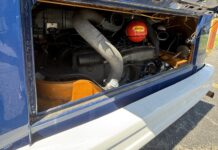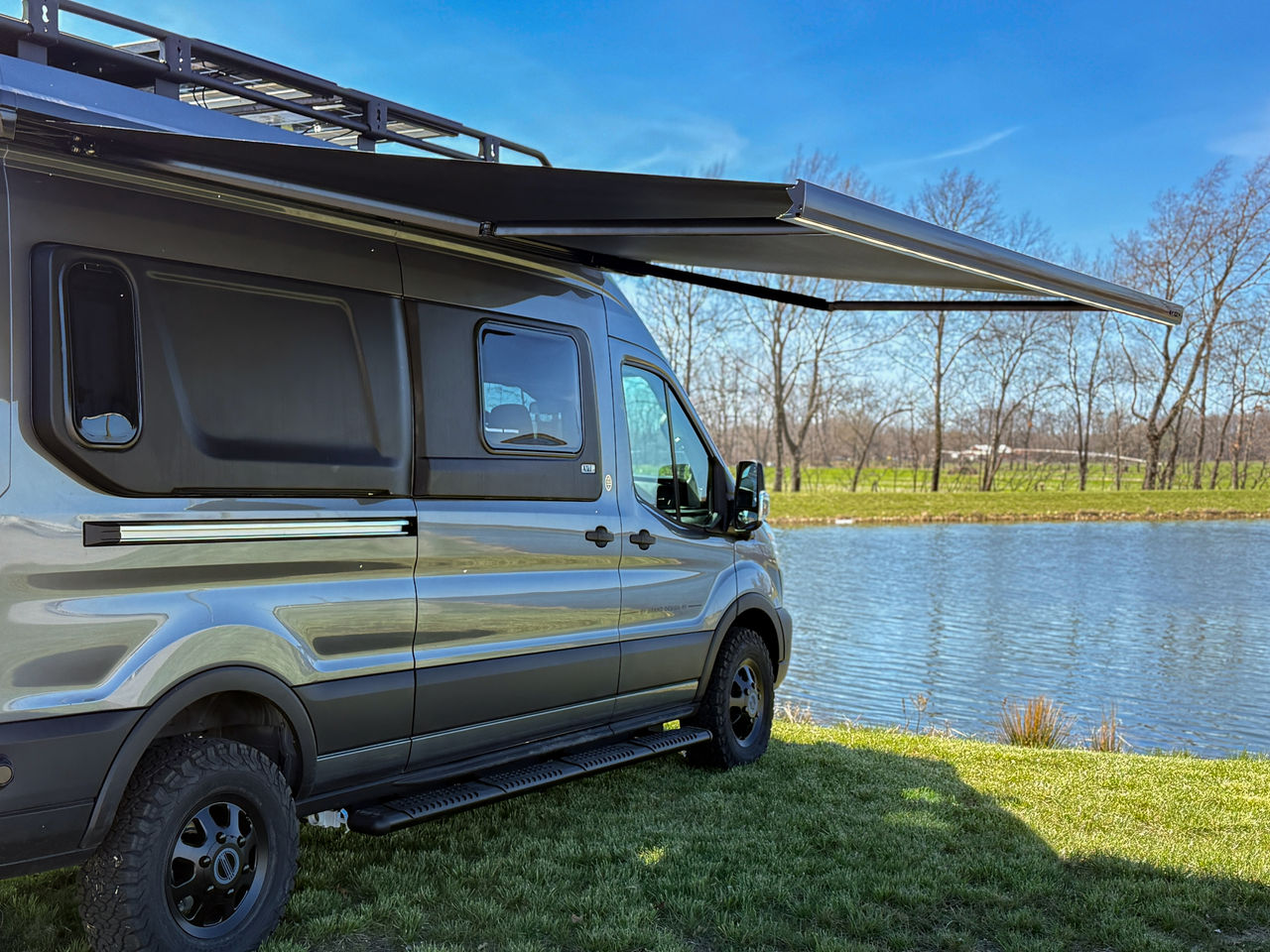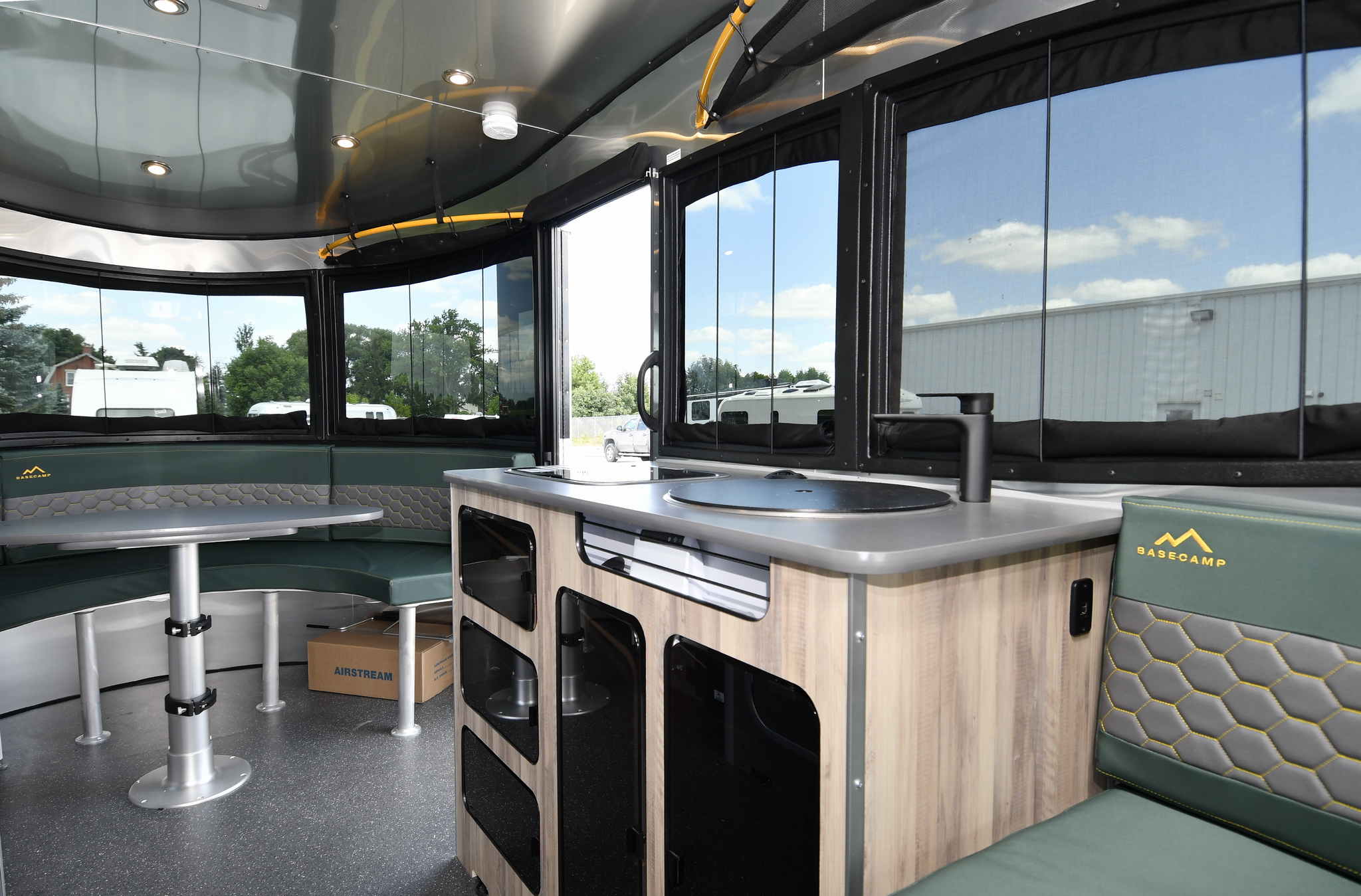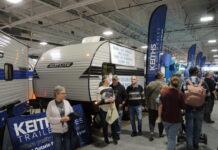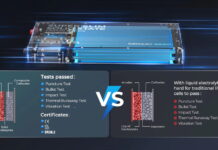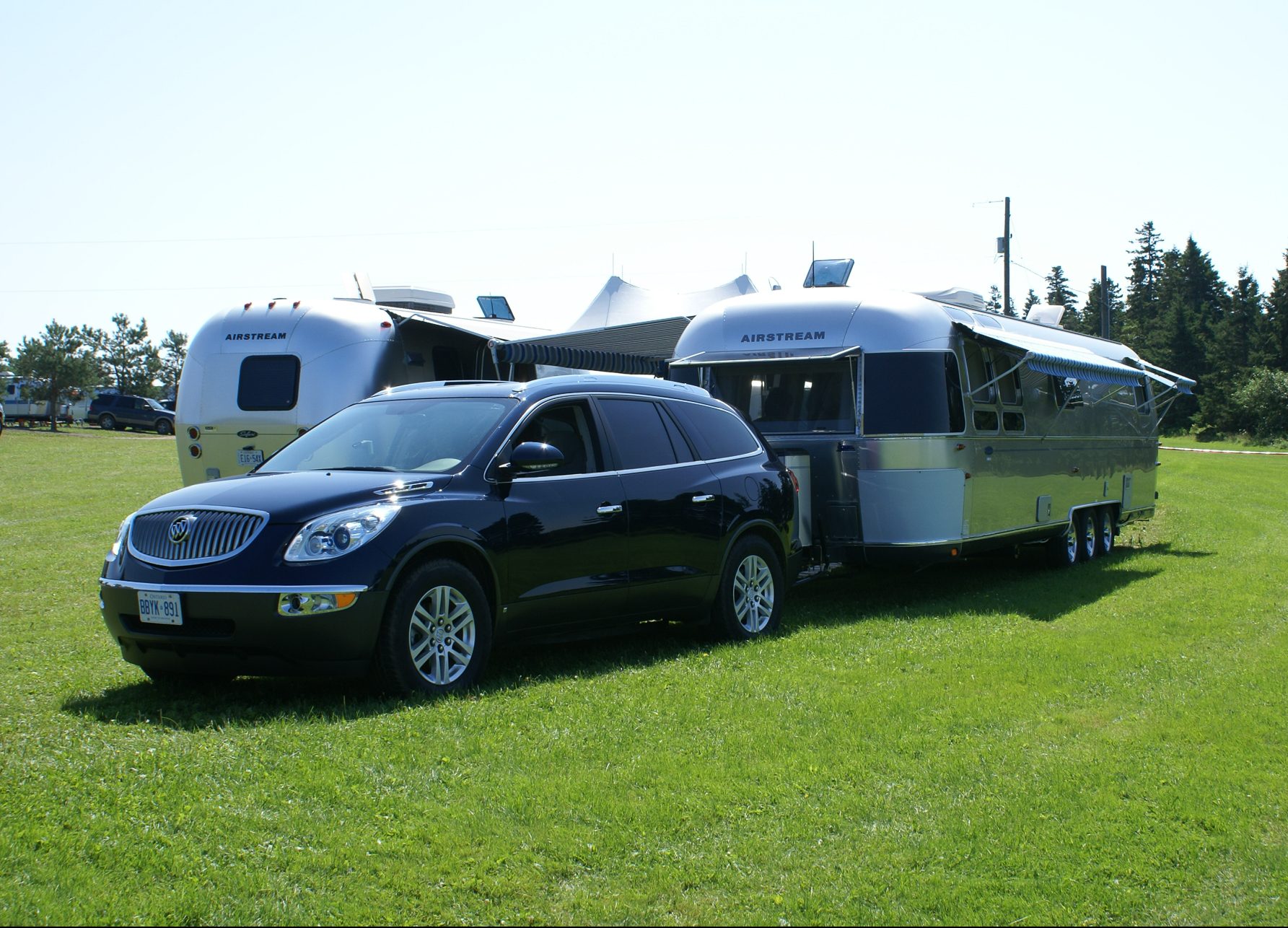
Dear Andy:
I just read your article about towing the Lance trailer from California to Ontario, using a little Jeep Cherokee – but on some of the RV forums people tell me I that have to buy a pickup if I want to tow anything bigger than a fold-down camping trailer.
My current vehicle is a 2015 Buick Enclave with the factory tow package and 19” tires. We would like to tow a 25’ Trailer – is there any way we can keep the Buick? It seems to have a lot of power and it handles great on the highway. We love the car and it is still like new.
David
Hello David:
Thanks for writing.
It is interesting to see how the participants on the various forums talk about towing. Many well-intentioned people seem to be very eager to tell others what they should buy to tow a trailer, even though they may have very little background information. They feel as if there is one vehicle that is going to solve all the towing issues for everyone.
It always amazes me how many people feel they are qualified to give an expert opinion about a combination that they have never driven.
As I mentioned before, much of the advice that is given is well-intentioned, for example: someone may have had an uncomfortable experience towing a badly hitched 6000-pound 26’ trailer with their half-ton truck. Likely, all they needed was a proper hitch set up and possibly better tires on the truck. Instead of providing the accurate answer, they jump to the conclusion that to tow a 6,000-pound trailer you need a three-quarter ton truck.
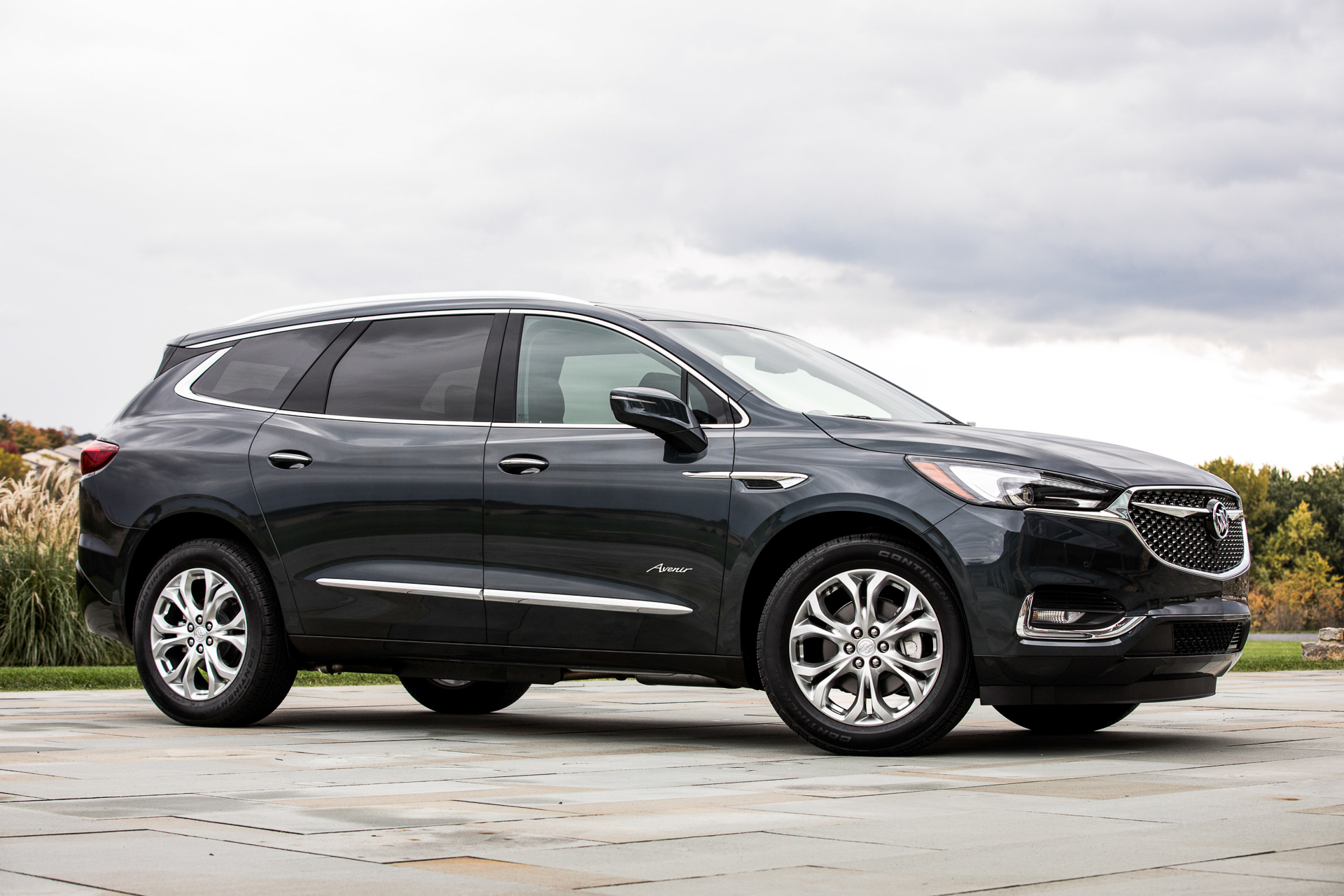
In fact, the three-quarter ton truck is very heavy and the handling can be rather vague, so even if the trailer is unstable you don’t feel it in the wheel, indeed, you may feel very little in the wheel at any time. If you are a race car driver, you hate that vague steering – but for those of us not used to being in touch with our vehicle, no feeling from the steering wheel beats an uncomfortable feeling. Ironically, the three-quarter ton truck is not likely to be as safe a tow vehicle as the half-ton truck they replaced, since neither truck was hitched properly. They don’t feel the effect the trailer has on the truck, so they think the larger truck must be better – however, gut feelings do not always reflect reality.
So, the RV enthusiast looking for answers to towing questions sees someone online asking about towing a 31-foot trailer, and automatically thinks: “oh that would be worse than my 26-foot trailer” so with the best of intentions the on-line respondent says, “you have to get a three-quarter ton truck, like I did.” The weakness to this logic is that they never ask the specs of the trailer – all they focus on is the length and weight. They don’t realize that length and weight alone are a terrible way to assess a trailer’s towability. Far more important factors are the aerodynamic drag, the balance, centre of gravity, the trailer suspension, and of course the proper hitch set up.
The other factor that feeds the “bigger has to be better” mindset is the advertising you see on TV and elsewhere. The truck builders spend millions every year trying to outdo each other, to convince you that their pickup tows better than their competitor’s pickup. The truck builders know that people look at tow ratings when they buy a pickup, but few people will actually tow anywhere near the truck’s so-called stated capacity. Therefore, the perception becomes more important than the reality.
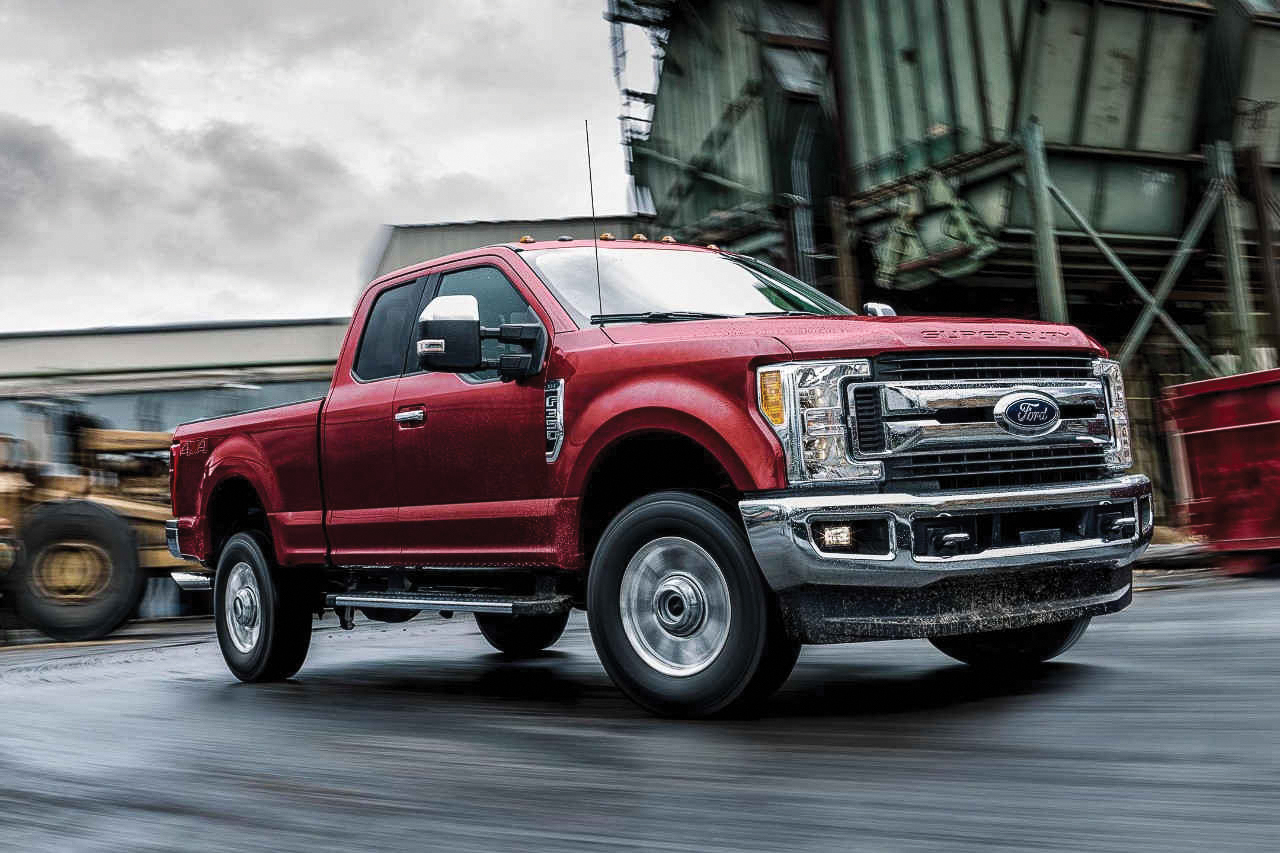
The other effect of these ads is that they leave the impression that if you want to tow something you need a pickup. So many of these trucks are marketed to tow, but don’t confuse that with being built to tow. After all, if they were built to tow, they would look completely different – they would be closer to the ground for reduced drag and a lower centre of gravity, they would have narrower tires and wider wheels, less rear overhang, better shocks, independent rear suspension, and the box would be part of the structure to eliminate the chassis flex. To look at the new trucks just introduced you might assume that the most important properties for a tow vehicle are how tall can you build it, and how big can you make the grill. You certainly must have a truck for a fifth wheel or if you have a great deal of stuff to carry (although even for that a van is often a better tow vehicle).
We saw a good example of this last fall. We had a call from some folks who were having towing issues. Their combination was a 30’ so-called “Lite” trailer with a half- ton pickup that they had ordered to tow it. They were calling to ask: “which was the best three-quarter ton pickup to buy, because they were heading south for the winter, and they had been convinced that their half-ton was “not adequate.” They were about to borrow a lot of money so they could trade in their truck. We suggested that they bring the combination in, and we could likely make them happy with their half-ton pickup, and save the huge increase in tow vehicle ownership cost.
It turned out that the trailer only had 520 pounds of hitch weight, which is far too light for a 30’ trailer. We were able to increase the hitch weight to 760 pounds by moving the spare tire forward from the back bumper, adding a second battery, and filling the water tank that was located forward of the axle. The next step was to move up to a much better weight distribution system, and truck tires that would provide more precise handling. The towability difference before and after these relatively simple and low-cost modifications amazed the owner. The bottom line cost for the changes was about $2,000 but that sure beat the $36,000 difference for a new truck that would have cost more to operate, would have been be harder to maneuver, and would have been a less comfortable ride – in effect, a cumbersome daily driver.
What bothered the customer was that his truck was rated for over 9,000 pounds, but it came with tires that were not suitable for towing a trailer. The factory delivered their truck with P275/65 x 18” soft sidewall, mushy handling, but nice riding passenger car tires. Nowhere in the towing guide does it mention that the factory’s own 20” wheel option handles much better. The truck should really have a lower tow rating with the 18’s.
When ordering their truck, this couple just looked at the tow rating and the weight of the trailer, and never thought about all the other factors that determine how a tow vehicle/trailer combination will perform. On their truck, we changed the tires to P255/60R x 18” XL (extra load) models which have a fraction of the sidewall roll and more traction on pavement than the stock rubber, but they produce a slightly firmer ride. Better shocks were another improvement that could have been made to their truck, but they were pretty happy after the initial changes, so they are going to wait a year to decide on the suspension upgrade.
Anyway, I digress, and to get back to the original question, our customers at Can-Am RV Centre have been using Buick Enclaves for towing since the introduction of the model in 2007, and we have set up hundreds of these SUVs and their GM cousins, so it is hard to find a more proven tow vehicle. What is great about the Enclave is that it has a very solid body structure, independent rear suspension, and a 119” wheelbase with a short rear overhang that is only 38% of the wheelbase. It has as low a centre of gravity as any SUV other than a Porsche Cayenne or BMW.
In response to David’s question, there are several 25’ and larger trailers that the Enclave will tow very nicely. It will ride and handle better than a pickup, and it will be safer in most situations you may encounter. As for modifications, the Enclave needs very little extra work, although it is important to strengthen the hitch receiver, which is an issue on many vehicles.
Next, to a proper hitch set up, tires and wheels have the biggest impact on towing stability. The Enclave comes with a very good combination of tires and wheels. When you need new tires, you can slightly improve on the stock size by going to a tire that will give you more traction on pavement and even tighter handling, but a slightly firmer ride.
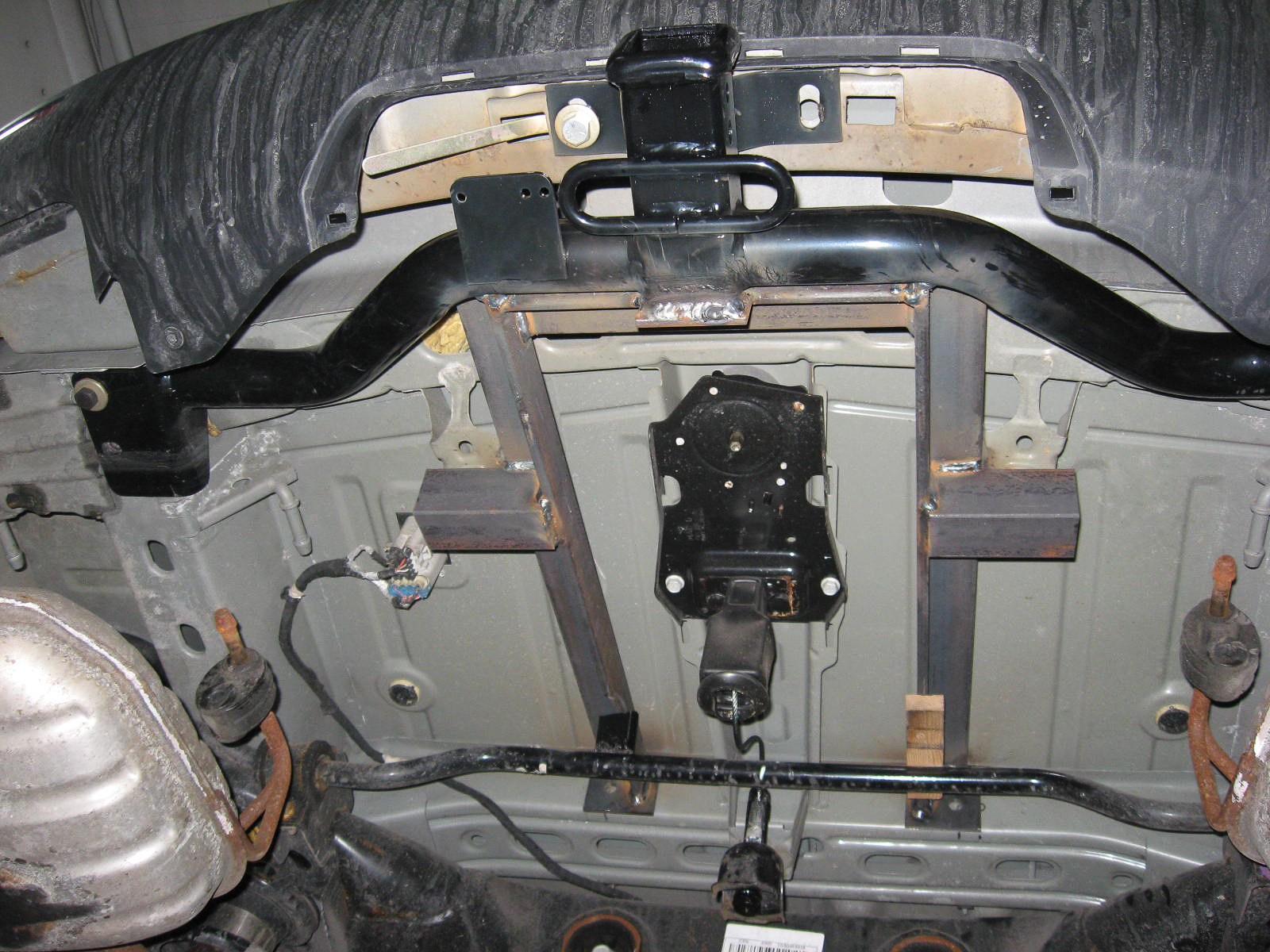
The next step is to be very particular about the trailer you choose. Largely ignore the length, because you are much better off with a low profile 29’ than a tall gangly 21’. Weight is not a consideration either. What you want is the lowest and most aerodynamic trailer you can find, with the livability you want. These may cost a little more, but then again, you are saving a great deal by not trading-in your tow vehicle. It is critical to set the hitch up properly, which is the case with any tow vehicle no matter how much sheet metal it has.
If anyone would like to experience what it is like to drive to a great combination, feel free to visit our store in London and test drive a couple of rigs. There is no obligation – you do not have to buy a trailer from us to take a test drive or two.
-Andy







